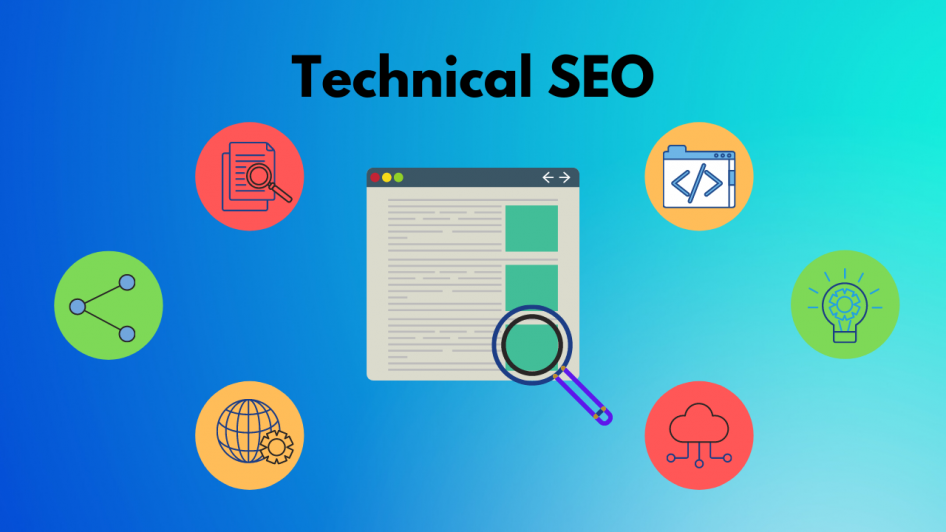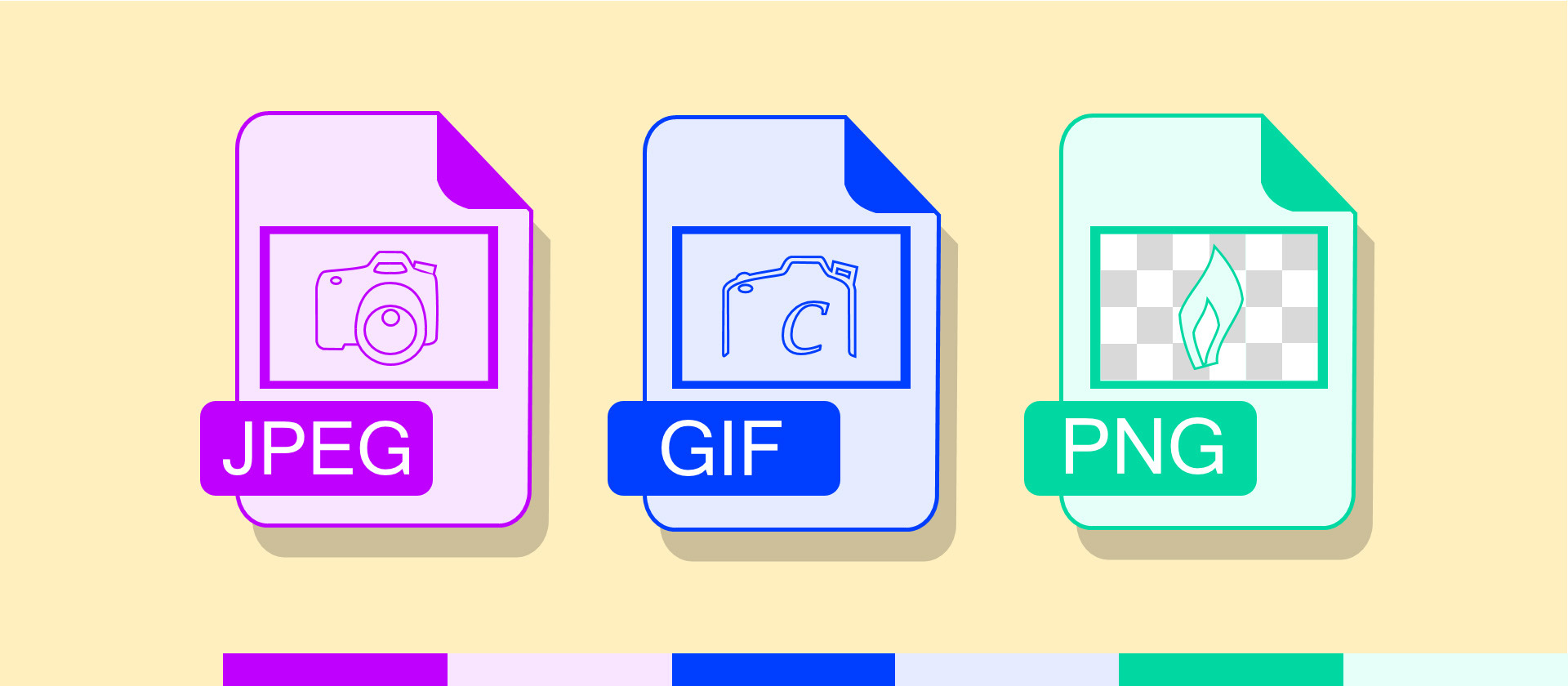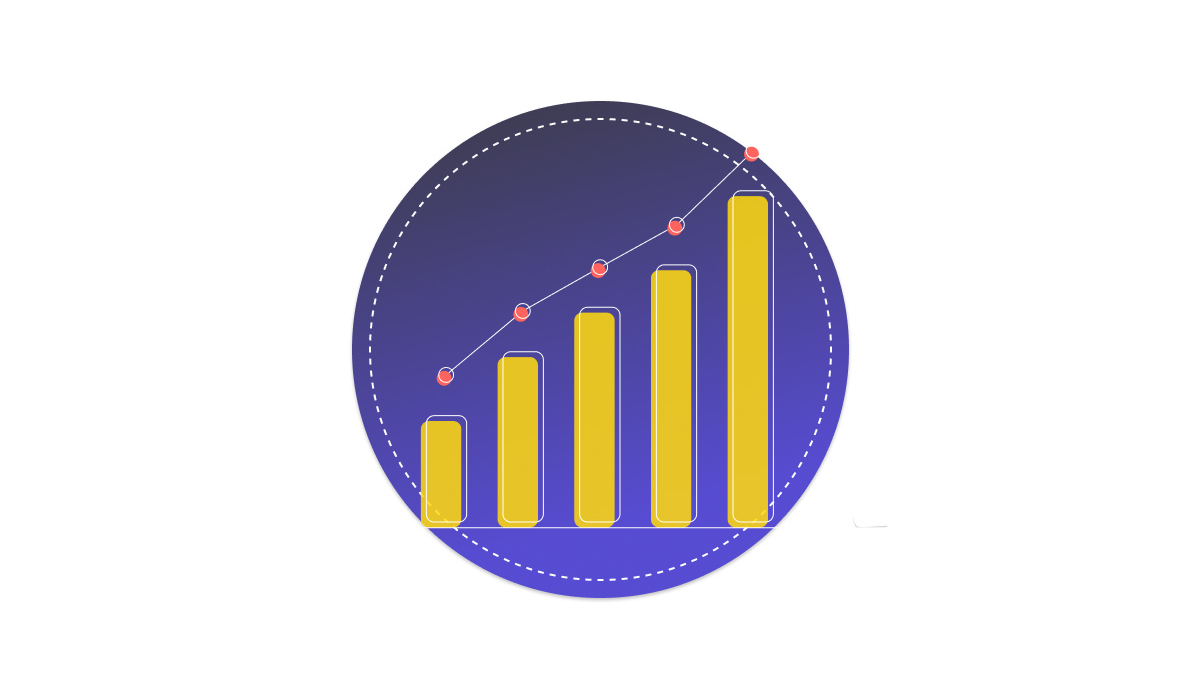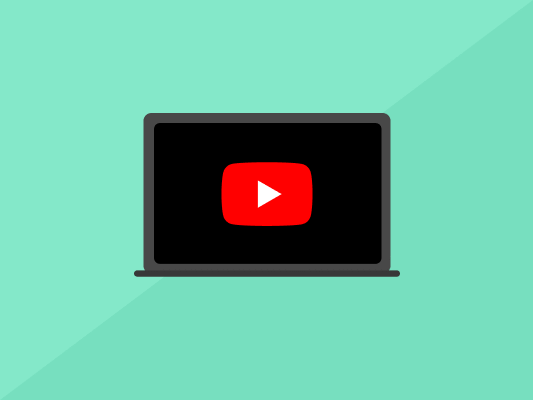Learn what SEO is all about in this post. There's also an SEO tutorial for beginners for you to learn the SEO basics and optimize your own page and content in 6 actionable steps.
Almost everybody using mobile devices is familiar with search engines and utilizes them to look for information on various topics.
To be clear, nearly 93% of all online experiences usually start through search engines.
That is where SEO comes in handy.
Why?
- It leads to a better user and customer experience; if readers get what they are looking for easily, it leads to better customer satisfaction and conversion rates.
- Saves time and resources: SEO uses a targeted tactic to link users and products/services, saving time by only delivering quality search results seamlessly.
- It is customer-centric; unlike the outbound marketing approach, SEO thrives and drives organic results. SEO’s main objective is to inform clients through engaging and attractive traffic such as newsletters, articles, infographics, blogs, etc. This means clients come to you and not the other way round.
We’ll show you how to learn SEO step by step so you can do it on your own!
What is SEO

Search Engine Optimization, also known as SEO, drives organic search traffic through SERPs (Search Engine Results Page).
It is also known as organic listings or search results.
So, if you want to rank well for certain keywords, you must comply with particular SEO requirements.
This SEO tutorial will help you understand all the aspects of SEO from on-page to off-page SEO, link building, and even keyword research.
This SEO tutorial is designed for both aspiring and experienced digital marketers who want to know more about SEO.
It is also ideal for people who wish to expand their expertise on website ranking and SEO.
Whether you are a backend developer, content coordinator, content writer, or UX/UI designer, you will find this SEO tutorial beneficial.
Types of SEO
On-page SEO

Odds are you have come across these terms off-page SEO and on-page SEO.
They are essentially the tactics you utilize to drive more traffic by having the content on your website and off-site optimized.
Now, on-page SEO is related to content that is present on your site.
They include:
- All Distribution of keyword in the right place
- Inserting external links
- Description
- Meta tags
- Images
- Adding customized URL to the content
All these factors are present on your site, and this optimizing them will definitely drive more people to your site.
Off-page SEO

The main objective of off-page SEO is to increase traffic to your pages.
But it focuses on external ranking aspects such as internal linking, getting quality backlinks, etc.
It mainly refers to activities you perform outside your website, like guest posting on authority sites to drive traffic to your site.
Technical SEO

This type of SEO focuses on server and site optimizations that help Google crawl and index a site effectively and, in turn, enhance organic rankings.
That said, search engines favor sites in search results that show specific technical aspects.
For instance, a responsive design, fast loading time, and secure connection are technical SEO parts.
Below are tips you can use to make sure the technical aspect of your SEO is top-notch.
Implementing these tips will ensure that your website’s design and security meet the Google algorithm’s expectations and rank higher in search results.
SEO Tutorial for Beginners
1. Look for Keywords That People are Often Searching for

As mentioned earlier, SEO is all about getting the right people to your site.
You want to direct users who need your service or product and easily become leads and convert later.
So how can you achieve that?
You will only get qualified leads if your pages rank for the keywords customers use when searching for your service or product online.
If not, you will find it almost impossible to attract the right traffic.
That brings us to keyword research.
Start by looking for terms that your target audience uses when searching for what you sell.
This usually entails identifying topics and terms related to your business or industry.
Then using them to do thorough research to discover words your prospects would use.
There are many handy online tools like BiQ’s Keyword Intelligence tool that can help with keyword research.
It will help you research for a potential target keyword and get information on related keywords, keyword competition, trends, and keyword volume.
What makes it unique is its keyword analyzer feature.
You can see why people might be searching for a certain keyword in search engines.
Then use this information to plan and design your content in a way that meets your reader’s needs.
Also, if you are not sure which term to use, it is possible to sort the keyword-based on their value.
A higher-valued keyword means it can potentially bring more traffic to your website at a lower competition.
With a list of keywords at hand, the next step is to optimize your content.
2. Create Content that Answers Searchers’ Questions
Once you get the right keywords, craft content around those terms, one of the best ways to approach this is to answer a question.
For instance, WordStream’s most trafficked blogs and pages were designed to answer a particular question.
For instance, a post from 2009, “12 ways to find anybody’s email address,’’ gets millions of page views every year.
Another one (infographic) that answers the question “What are the most expensive keywords in Google Ads?” has more than 100,000 views.
These are questions that most readers on the site wanted answers to.
And if you search for other sources of such information on Google or Bing, you will find that:
- The other information is out of date.
- The other information is shallow.
- The other data is unreliable or untrustworthy.
So, they set out to answer the questions themselves.
This is one of the best ways to offer real value with your content while still optimizing for SEO.
Title your blog with a question (target keyword) and then answer it comprehensively.
One effective way to identify good questions is by paying attention to your own curiosities.
For instance, if you sell weight-loss supplements, you can ask yourself, “what are the weight loss supplements that actually work?”
If you do not find any good answer on SERPs, start writing!
The idea here is to search for keywords and then check their search intent before crafting content.
There is a difference between “what is digital marketing?” and “cheapest digital marketing services.”
Have an idea of search intent, and you will give useful answers.
If you are having trouble identifying search intent, you can use BiQ Keyword Intelligence to identify search intent.
Let’s say you want to know the searcher’s intent when searching for “content marketing.”
Type them into the keyword tool.
It will show you the estimated keyword intent percentages based on the total number of related keywords.

Also, you can use BiQ Content Intelligence to write content.
While you write in the block editor, you will be getting interactive writing tips to aid you.
3. Use a Captivating Title
Your focus should be on the title too.
Start and end every post with the question, “Would this title encourage me to read on?”
If the answer is no, then do not publish until you get a captivating title that will attract more buzz, readers, and love.
So how can you write a catchy headline?
In most content creation strategies, you will find that the headline is the most ignored aspect.
Most people go through it casually without taking time to ponder over it.
To most of them, “it is the cherry on top.”
Well, you are mistaken.
The title is sundae!
Take time to deliberate over a headline before setting on one that you think will work.
If you already published but notice it is not performing well, go back and change it.
This is what writing a good title is all about.
If you need some tips concocting great headlines, herein are a few tips:
- Use numbers to give concrete takeaways.
- Use emotional objectives to describe your reader’s problem.
- Use a unique rationale to demonstrate what the reader will get out of the article.
- Use what, why, how, or when
- Make an audacious promise.
You want to pull users into your content.
Hence, you need to make your title catchy and attractive!
And remember to add your keyword in the title to optimize it for SERP.
4. Add Images

Images are an essential aspect of any content that is shared online.
In text-heavy headlines, readers will focus more on posts that include images.
Users usually spend more time looking at images.
So use this to your advantage to get that coveted share or click.
Statistics indicate that Tweets that feature pictures generate more than 150 percent more retweets than those that do not.
The situation is the same on other social media channels such as Facebook, where posts with images get 2.3 times more engagement than those with plain text.
So, if you want to stand out, consider featuring an image that is contextually relevant to your post.
Be wary of stock images as they are very common on social sites and people easily scroll past them without checking what the post is about.
Use an image that is well suited to the content, unique, and attractive.
Do not use general images as they can apply to thousands of relevant topics.
Add alt text into your images to optimize them for ranking too.
5. Final Checks Before Publishing
One of the main things you should do before publishing your content is rechecking the entire copy to make sure everything is fine.
Check for spelling, punctuation, and grammar mistakes.
You can read every sentence aloud to identify any errors if it is possible.
Again, you can use BiQ Content Intelligence for this.
Paste your content in the space provided and its analysis will show you what you need to optimize on.
6. Monitor Your Page

By monitoring your ongoing results, you will be able to track and fine-tune your site regularly.
Doing this will help you pinpoint any potential or existing problems and learn what is required to develop a solution that will enhance user experience and visitor engagement.
That said, tracking how your page performs plays a critical role in measuring what online SEO tactics are working and what needs to be checked.
Not monitoring your pages’ results means you won’t be able to note any new trends or opportunities that can help you set new objectives to enhance your website’s effectiveness.
You can also use various monitoring solutions available to help make the work easier.
BIQ’s Rank Tracking tool, for instance, offers a rank tracking feature that can help fill in the time lag or missing data you would otherwise see in your Google Search Console.
All you have to do is create a rank tracking profile for your website, and you can keep track of your keyword’s daily rankings and its historical data since the day it’s added.
Easily identify your keywords’ gains or losses so you can act in response to secure your keyword rankings from being stolen by a competitor or take the chance to boost your keyword rankings further while it’s in trend.
The tool also allows you to sort your keyword rankings by pages, so you can see how your overall page ranking has changed over time.
What’s more, if anything critical happens, you will be the first to know.
Conclusion
You’ve done some hard work.
Congratulations!
There tons of tactics that can help enhance your SEO ranking.
These are the primary tips that you will need to start.
Start going through this SEO tutorial now and get acquainted with the complicated yet simple SEO ecosystem.
Hopefully, this SEO tutorial has given you more than enough information and actionable tips to kick start your SEO journey.
Nonetheless, note that if your search traffic does not increase exponentially, do not worry.
SEO is a long-term work in progress.
Good luck in your SEO journey!




